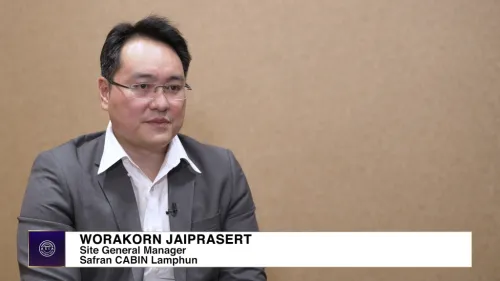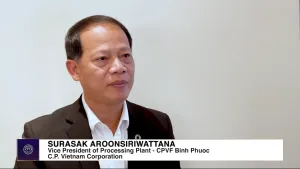
Philippine manufacturing growth steady at 51.2 PMI in August
However, employment and purchasing activity have waned.
The manufacturing sector in the Philippines continued to grow in August, maintaining the same pace as in July, according to the latest survey by S&P Global.
The headline S&P Global Philippines Manufacturing PMI remained steady at 51.2 in August, unchanged from July.
This indicates that the health of the Philippine manufacturing sector has been improving over the past year, although recent data shows only modest gains.
Domestic demand increased, with Filipino goods producers seeing a rise in new orders. However, demand from foreign customers fell, leading to a decline in export sales for the first time this year.
Despite weaker international demand, overall growth in new orders led to an increase in output in August, with the growth rate aligning with the historical average.
Business needs prompted firms to increase purchasing, but at a slower rate than in previous months. This slowdown in purchasing was reflected in a minimal buildup of pre-production inventories and a reduction in post-production inventories.
Employment in the manufacturing sector declined in August after a slight increase in July.
Goods producers were able to complete workloads efficiently despite the reduced workforce, indicating sufficient capacity. Inflationary pressures remained under control, with input costs rising moderately and selling prices for goods increasing at a slower pace.
Lead times for inputs from suppliers continued to lengthen, with vendor performance deteriorating slightly.
Despite these challenges, firms in the Filipino manufacturing sector anticipate further expansion in output over the next 12 months, although confidence levels have dipped slightly, suggesting more modest production gains compared to the previous month.
S&P Global Market Intelligence economist Maryam Baluch noted that the Filipino manufacturing sector saw sustained but modest gains midway through the third quarter, with growth in output and new orders accelerating. However, she added that declining employment and reduced purchasing activity suggest manufacturers remain cautious about growth prospects.
"Confidence levels also fell during the latest survey period, hitting a four-month low, which further confirms that expectations for the production outlook have softened," Baluch said.

















